If you’ve been a product manager for any length of time, you’ve come across one eternal question – which of the development methodologies is better: agile or waterfall?
Make the wrong choice, and you do twice the amount of work. Make the right choice, and deadlines become a thing of the past.
Since both methods are popular, even though they take different product development approaches, the question invariably leads to a heated debate.
What makes them so different? And more importantly, which one should a SaaS organization use? That’s what we will unpack today.
What Is Waterfall Methodology?
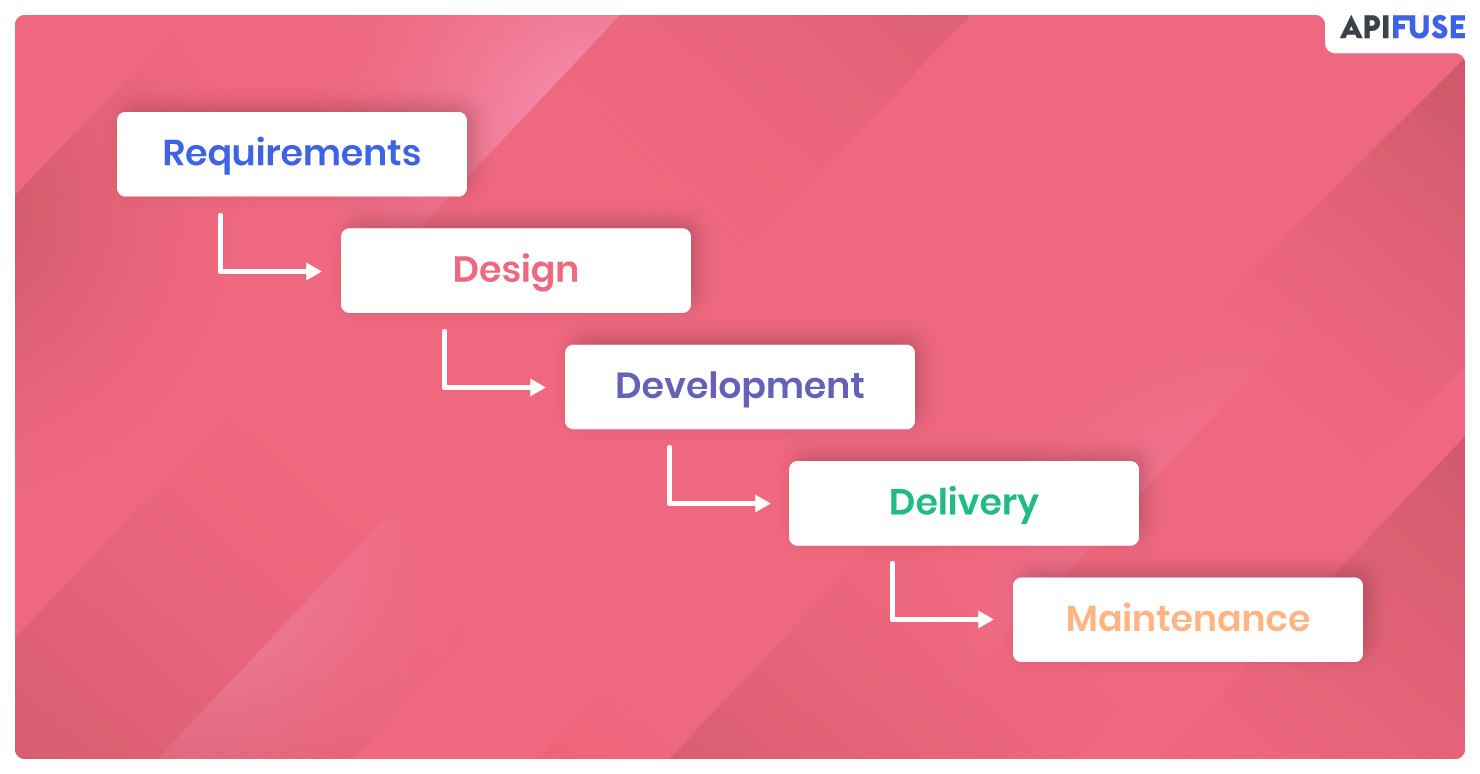
The waterfall methodology for product management is the traditional approach. It takes its name from the flow of water, i.e., one drop comes right after the other.
The approach is a linear process where one task begins after the previous one is completed. When you pick this method, you plan, build, and deliver your SaaS product (or a new feature) in a disciplined sequence of activities.
Every phase and every activity within that phase is documented and approved before you start working on the succeeding one.
The history of waterfall methodology
Dr. Winston W. Royce set the groundwork for the waterfall approach in his paper – Managing the Development of Large Software Systems. Even though the article doesn’t directly mention waterfall, it does allude to it.
It is worth pointing out here that Dr. Royce’s paper didn’t flatter the waterfall method much. Rather, he called it flawed, stating that an iterative approach may be better. Conceivably, that became the underpinning for the agile approach.
“I believe in this concept, but the implementation described above is risky and invites failure.”
– Winston W. Royce
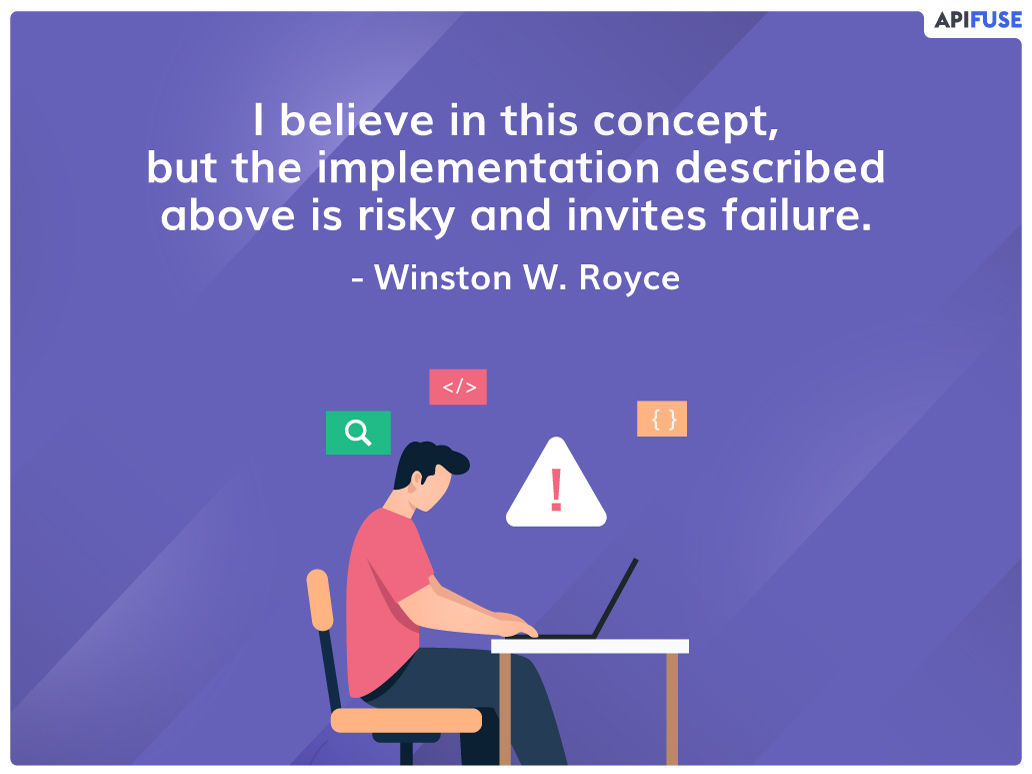
Building upon the foundation of Royce’s paper, Thomas E. Bell and T.A. Thayer formally introduced the waterfall approach. They did in their paper Software Requirements: Are They Really A Problem? published in 1976.
According to them, to achieve a successful outcome with the waterfall, you need to:
- Clearly define the requirement of customer experience upfront.
- Then follow a top-down approach and implement them in distinct phases.
In the waterfall approach, you can’t make changes to the process. Let’s say you missed a feature at the requirement stage. Incorporating it in further stages is not only challenging but also costly. That’s why it is essential to establish the full scope of the product before work begins.
The waterfall sequence of events
This approach to software development is divided into discrete phases that cascade into each other. Generally, the output of one step becomes the input for the next.
1. Requirements
The first phase is gathering all possible customer requirements and documenting them to plan the entire project.
2. Design
The specifications from the first phase are studied here to create a suitable system design. This helps in defining the hardware and system requirements and the overall architecture.
3. Development
The system design becomes the input here to develop small programs that are known as units. After each unit is coded, it is tested. All units are integrated and then tested again for user acceptance.
4. Delivery
Once all issues are fixed, the finished product is released to the customer or the market.
5. Maintenance
Any issues that crop up in the client environment are fixed in maintenance mode. Besides issuing patches, this phase may also release better versions of the product.
What is Agile Methodology?
The waterfall approach has its advantages. In the right circumstances, it is also the best practice. That said, it has its faults. That’s why with the turn of the century, a new, modern methodology to product development arose – Agile.
Some say it is a way of thinking and others adamantly call it a methodology. In any case, the crux of an agile approach is flexibility. It allows you to incorporate user feedback continuously, even when the product is being developed.
This helps a SaaS organization go to the market faster, deliver new functionalities quicker, delight users, and attain a competitive advantage.
The history of the agile approach
During the late 90s, the internet disrupted markets. At the same time, the advancement of technology outpaced the traditional methods of software development. User expectations and requirements began to change. So, techniques that served for products with fixed scope stopped working.
Customers now wanted a SaaS product that continuously added new functions or improved over time. Moreover, it became imperative that time-to-market was the shortest possible. That was the only way to survive the cut-throat competition.
This gave rise to The Manifesto for Agile Software Development. Published by 17 software developers in 2001, the 12 principles it mentions are considered the foundation of Agile project management.
The principles behind the agile processes
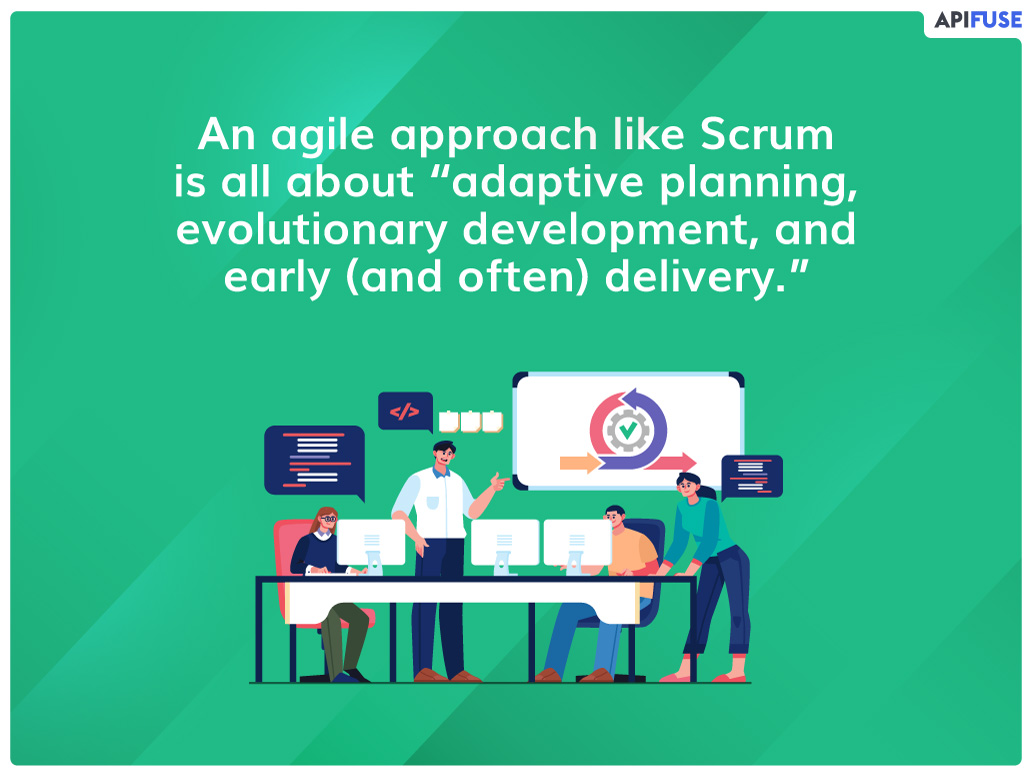
An agile approach like Scrum is all about “adaptive planning, evolutionary development, and early (and often) delivery.” The overarching theme of this model is to keep the end user’s satisfaction in mind. For that, you must work closely with customers and keep including their feedback in the product development.
Another focus of an agile project team is collaboration and adaptability. They embrace change so that better results can be delivered faster.
Working in sprints
The agile method builds a product by dividing a large project into smaller, manageable cycles. These sprints enable the development teams to build the product in short increments. They also permit frequent release cycles by giving developers the freedom to respond quickly to recommendations.
Which One Should You Choose: Agile or Waterfall?
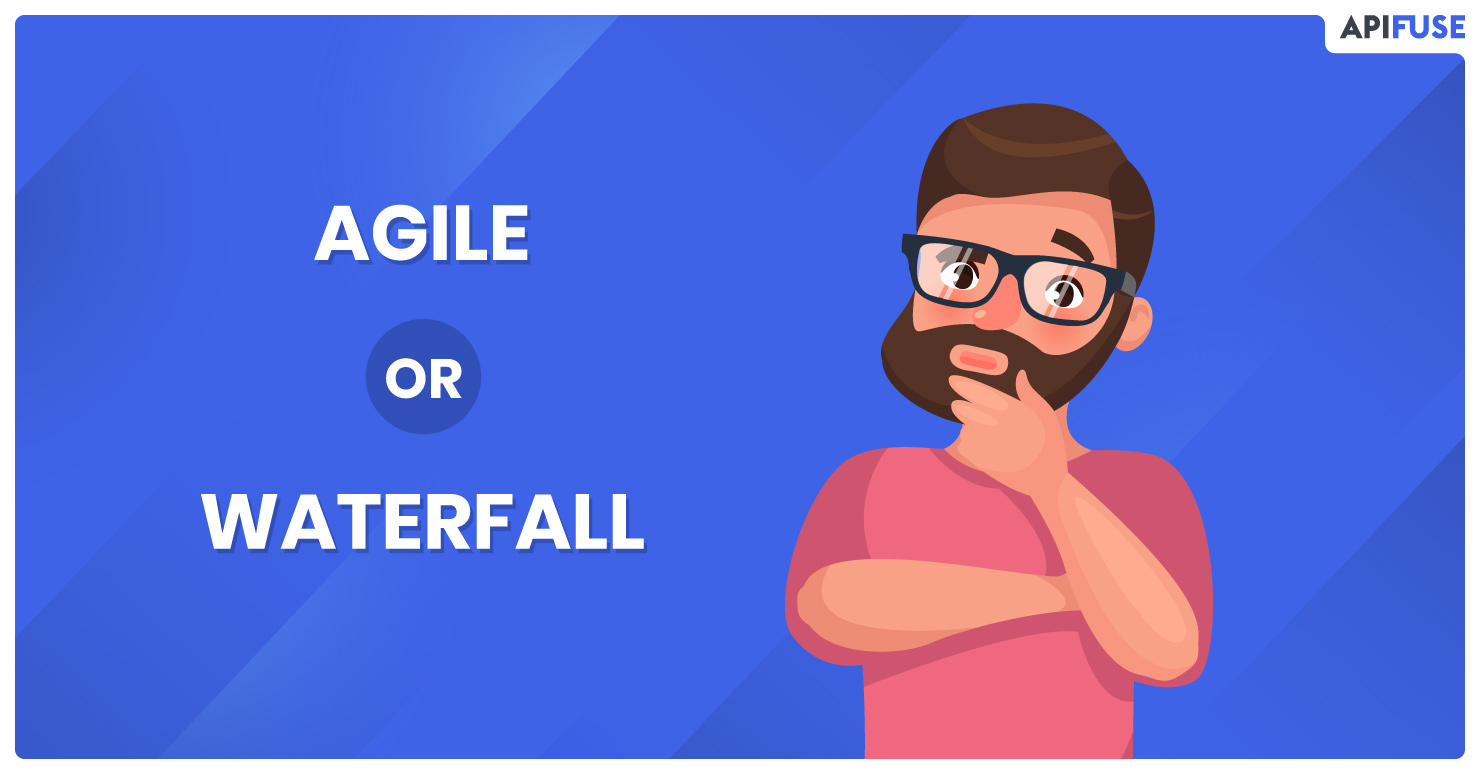
Before we dive into the differences between waterfall and agile methodologies, let’s get one thing out of the way. Both have their place. It is not about which one is better. It is about which one fits better.
For instance, think of Microsoft and the applications and versions they release. For them, Waterfall held intuitive appeal and for a good reason. They used the model for years. But as time changed, Microsoft realized that the methodology didn’t work anymore, and they updated their approach to agile.
Difference between agile and waterfall approach
The waterfall method has one development cycle. It is a linear and sequential approach. You gather requirements and complete each stage one by one. The agile process is iterative. You develop, you test, and you repeat. Often, this is concurrent. This is the main difference between the two methodologies.
1. The difference in the work process.
When you choose waterfall, you break down your SaaS product development in multiple phases. There is an order to them. You can’t skip to stage 2 if stage 1 is incomplete.
The agile work process is different. You divide your product development into multiple cycles (sprints) involving numerous teams. These sprints can happen simultaneously. It enables you to experiment more, observe how the market reacts to your product, and iterate to improve it.
These manageable chunks of the project help engineers spend sufficient time on the development phase and testing phase. It ensures that all bugs are noticed before the release date.
2. The difference in the documentation.
Waterfall requires meticulous and extensive documentation. This is helpful for future references. It also comes in handy if a key team member suddenly ups and leaves the project at any time. With access to reliable documentation, the new member can start right where the previous one left.
The agile approach doesn’t place the same emphasis on documentation because the work is collaborative. Moreover, the team receives feedback on how the product is received in a continuous loop. This iterative process doesn’t encourage documentation.
3. The difference in customer involvement.
The customer is involved in two stages in the waterfall approach. First, when the development team is gathering requirements on what needs to be delivered. Next, when the product is actually deployed. Users are not involved during product development. At all.
In an agile approach, the customer is involved throughout the development process, not just the start and the end. Because customer involvement is high, agile projects ship products that are in tune with what users want. It’s why most SaaS startups prefer the method.
What are the pros and cons of the waterfall model?
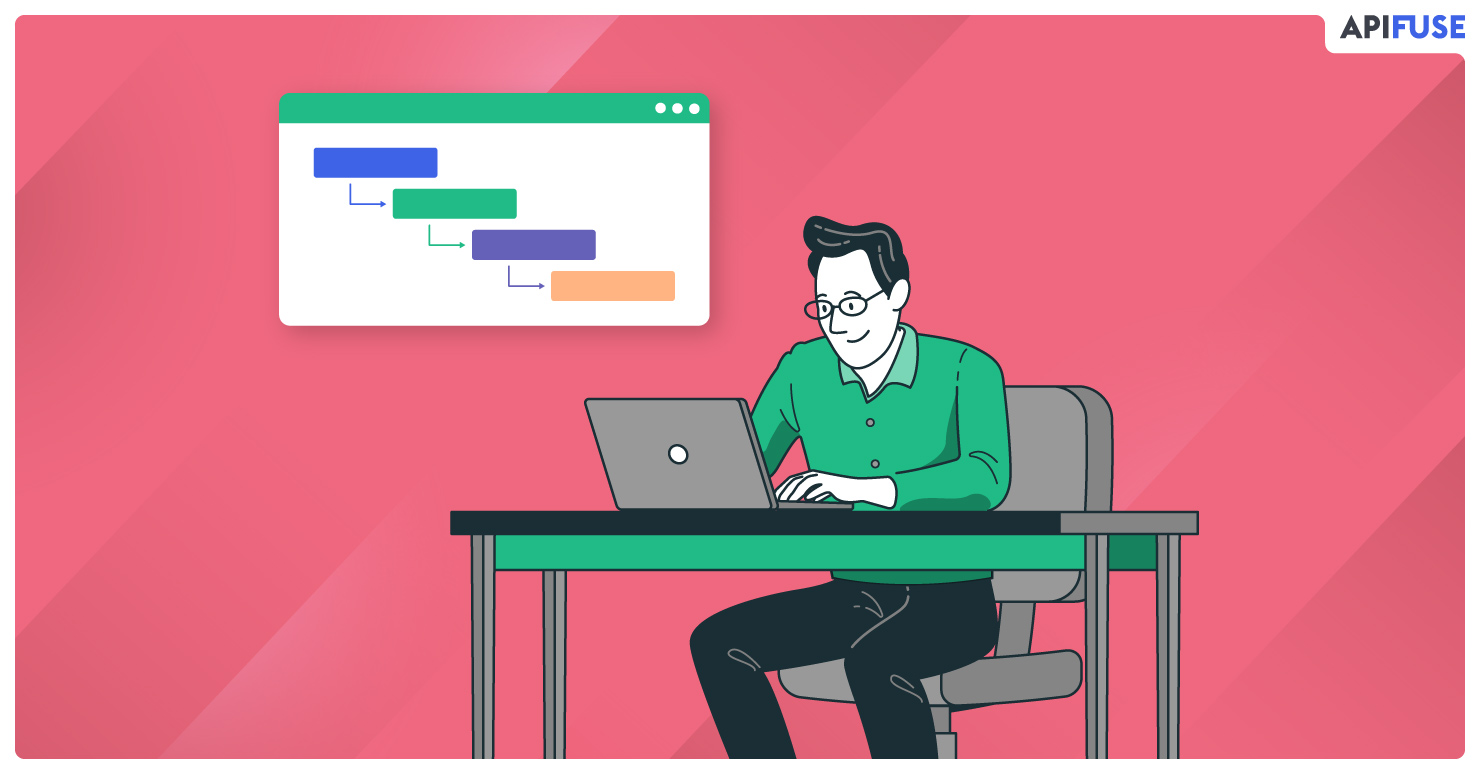
Analyzing the differences between the two methodologies is one way to find out which fits your product development. Another is comparing the pros and cons.
The biggest benefits of the waterfall approach are that it’s easy to understand and easy to use due to detailed instructions. Since you know the project’s full scope and all requirements are agreed upon upfront, planning them is simple. Plus, each stage has a tangible output, so you can see the progress as you go.
It is also high risk, as you can’t make changes along the way. For instance, if the user needs to evolve while the product is being built, you have to start from the beginning. That’s difficult and expensive.
Another drawback of waterfall projects is gathering customer requirements. It is challenging because users may not have a sense of what your SaaS product does at the start. There is a possibility that they might not like the finished product or envisioned a very different one.
When is the waterfall model a good fit?
When you have a clear picture of your final product, the waterfall methodology is a good fit. It works if you know the exact customer requirements and are sure that the needs will not change.
Besides a stable product definition and fixed, documented requirements, the approach also works when the underlying technology is well understood and not dynamic. If you’re working under strict time or budget constraints, waterfall should be your choice.
Some other instances where the model is appropriate are:
- You don’t need to involve the customer during the development stage.
- The expense of any changes or modifications is prohibitive.
- You have the expertise and resources to support the project.
What are the pros and cons of an agile model?
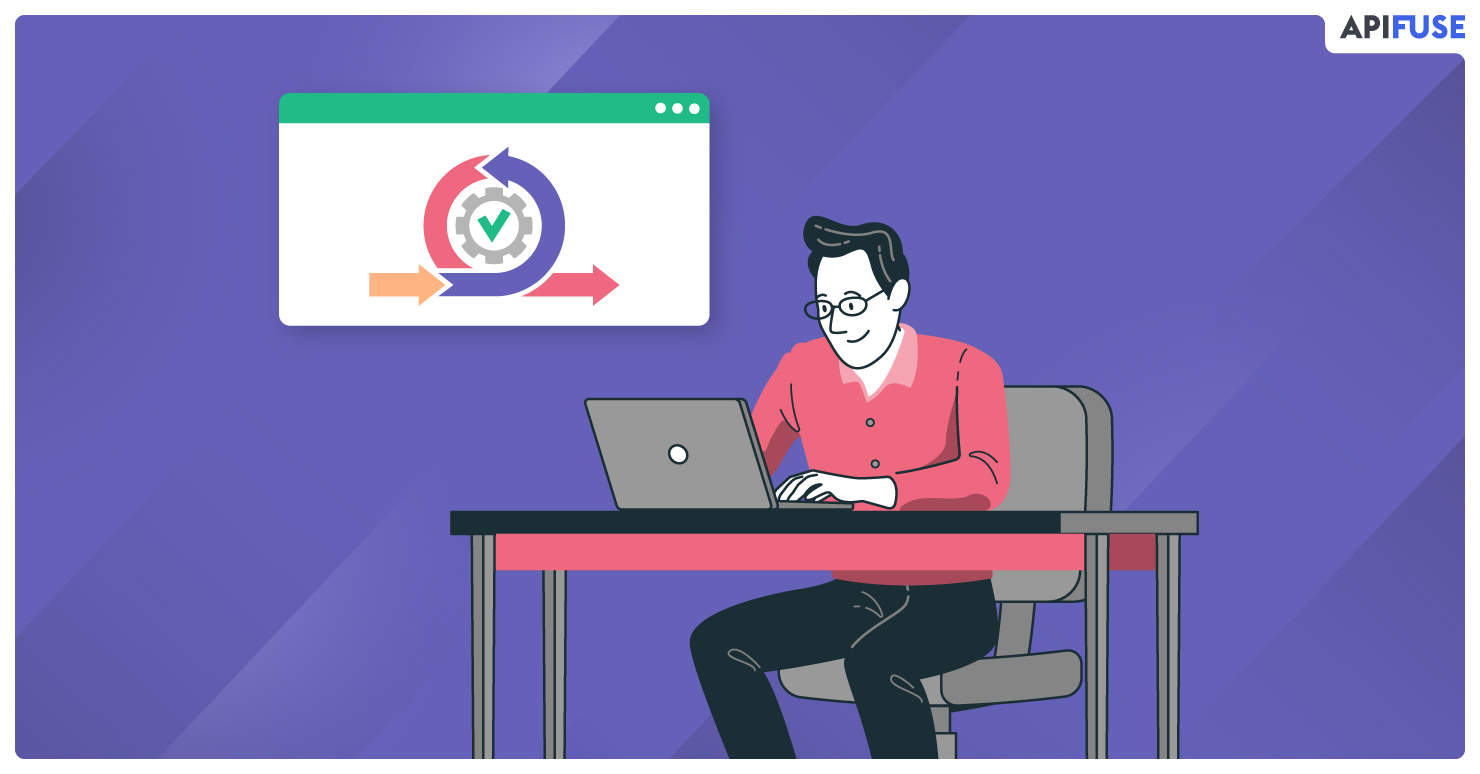
The agile principles allow for the quick delivery of a working prototype. Because sprints can be as short as 1 to 4 weeks, new features can be added swiftly and frequently.
The constant iterative loop based on user feedback helps optimize the product. And because you can change anytime, bug fixes happen along the way. Also, the development is split into small chunks. So, you can prioritize backlog as and when required to deliver what matters most to customers first.
There are downsides to the agile approach. One, setting an end date is not straightforward. Let’s say you inaccurately estimate a few features. You’ll have to add sprints to the project later on, causing changes to the deadline.
Two, the final product can be poles apart from the original vision. Three, large teams find it harder to use the approach as collaboration becomes tougher. The team members must also be highly active, motivated, and productive.
Lastly, since the project is user-focused, it can go off track.
When is the agile model a good fit?
When you don’t have a clear product definition or end goal in mind, agile works best. It is also not suited for short projects because you can’t break them further.
If your team is small, proactive, and thrives on collaboration, agile is an excellent choice. It also becomes a better option when the client or customer has to be involved every step of the way.
Agile vs. Waterfall: Picking The One
Selecting the right software development methodology can make or break your success. Both agile and waterfall approaches are usable and useful in their own different ways. Which one performs better depends on the organization and the project.
In recent times, agile development has taken an edge over waterfall. It may be predominant, but a lot of businesses still cling to the sequential-linear approach. Then there are SaaS organizations that have transitioned into hybrid models that combine elements of agile with waterfall.
Ultimately, it is your decision. What may suit one business may not necessarily fit another. Irrespective of which approach you pick, there is one constant. Tools that help you get the job done right (and faster).
API Fuse enables you to offer on-demand integration and to rapidly respond to end-users integration requests. With our solution and range of plans, you can offer users native or custom integrations embedded directly into your SaaS app in minutes to accelerate your product roadmap and reduce technical debt. Request a demo today for more information!
